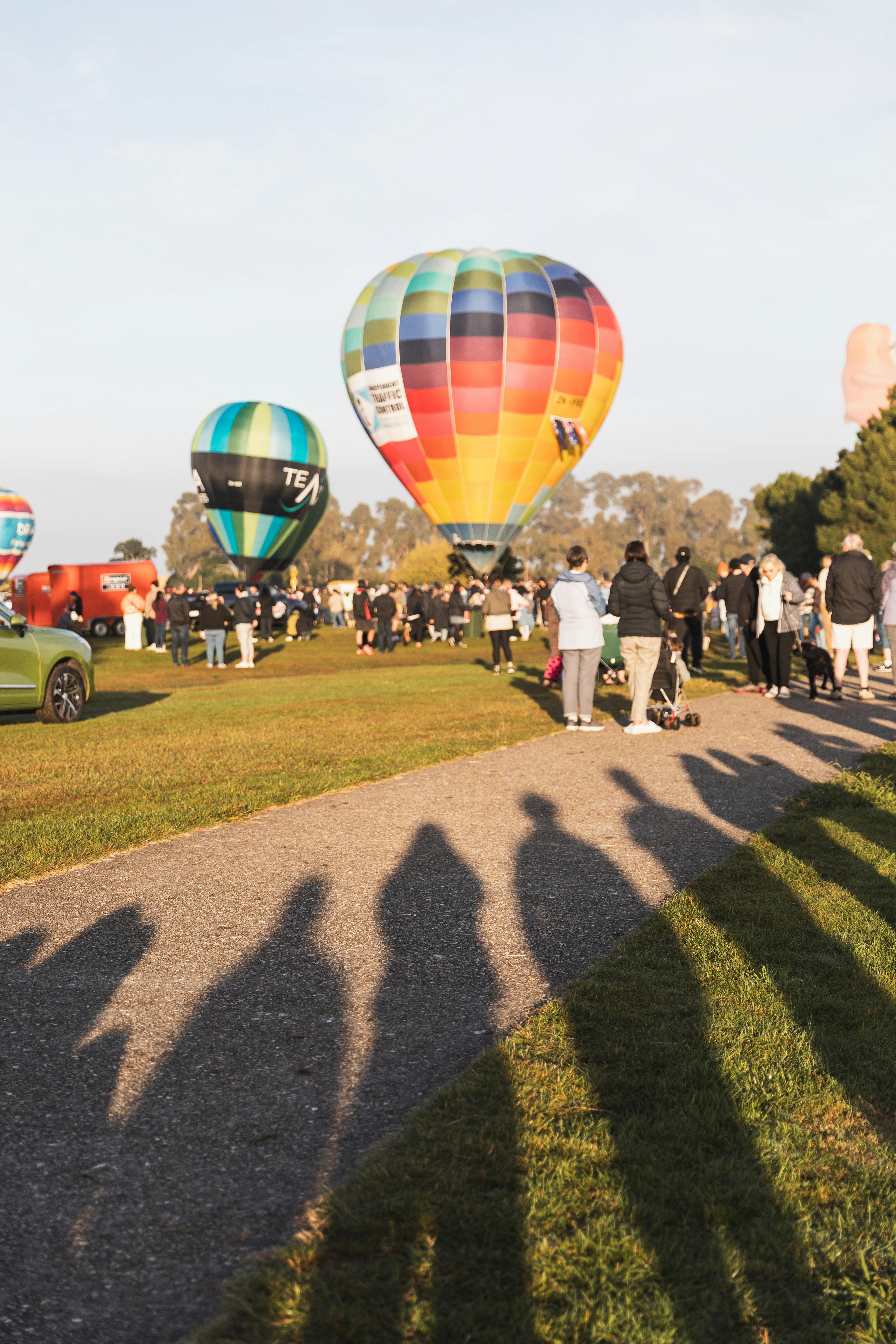Have you ever wondered about the distinction between a chronograph and a chronometer? While both terms might sound similar and related to timekeeping, they actually represent different functions in the world of watches. A chronograph is a watch that includes a stopwatch feature, allowing you to measure and record time intervals. On the other hand, a chronometer is a watch that has undergone stringent testing and has received a certification for its accuracy and precision. So, in a nutshell, the difference lies in the functionality of the watch versus the accuracy of its timekeeping. Let’s explore this fascinating topic further to unravel the intricacies of these two terms and how they define the world of horology.

Definition of Chronograph
Definition
A chronograph is a type of watch that has the ability to measure time intervals, in addition to displaying the current time. It is equipped with one or more sub-dials, or small dials, that can be operated independently from the main timekeeping mechanism. This allows the wearer to start, stop, and reset the sub-dials to measure elapsed time accurately. Chronographs often have additional features such as tachymeter scales, which can be used to calculate the speed of an object. They are commonly used by athletes, pilots, and divers for their timing capabilities.
Functionality
The functionality of a chronograph watch is what sets it apart from a regular timepiece. With the push of a button, you can activate the chronograph mechanism and start measuring time. The sub-dials on the watch face will then begin to track the elapsed seconds, minutes, and sometimes even hours. Pressing the button again will stop the timekeeping function, allowing you to record the elapsed time. The chronograph can be reset to zero by pressing another button, ready for the next measurement. This versatility makes chronographs useful in a variety of scenarios, such as timing laps during a race or tracking the duration of a meeting.
Features
Chronographs come with a range of additional features, depending on the model and brand. Some chronographs have multiple sub-dials that can track various time measurements simultaneously, while others may have a date function or a small seconds sub-dial. Many chronographs also feature a tachymeter scale on the bezel or dial, which allows for the calculation of speed based on time and distance. Additionally, some models offer water resistance, sapphire crystal, and various straps and bracelets options to suit individual preferences. The features of a chronograph can vary greatly, providing a wide array of choices for watch enthusiasts.
Definition of Chronometer
Definition
A chronometer is a timekeeping device that meets certain accuracy standards set by an official organization, such as the Swiss Official Chronometer Testing Institute (COSC). Unlike a regular watch or a chronograph, a chronometer is specifically certified for its exceptional precision and ability to maintain accuracy in various conditions. To earn the title of a chronometer, a watch must undergo rigorous testing and must meet specific criteria regarding its movement’s performance and accuracy. This certification ensures that the watch has undergone stringent quality control measures and is highly accurate.
Accuracy
The primary characteristic that sets a chronometer apart from other timepieces is its exceptional accuracy. On average, a chronometer is required to have a daily variation of no more than -4 to +6 seconds per day, depending on the certification standards. This performance is achieved through the use of highly precise mechanical or quartz movements. The movements are carefully regulated, and their accuracy is tested under various conditions, including different temperatures and positions. Chronometers are designed to maintain their accuracy over time, providing wearers with a reliable and accurate timekeeping experience.
Certification
Certification of a chronometer is an important process that ensures its accuracy and quality. Various organizations, such as COSC, conduct extensive testing to determine if a watch meets the required standards. The testing includes a series of checks on the movement’s performance, conducted over several days and in different positions. The movement’s accuracy is measured and must fall within the established tolerance range to pass the certification. Once a watch has successfully passed all the required tests, it is granted the prestigious title of a chronometer and receives a certificate as proof of its accuracy.
Mechanism
Chronograph Mechanism
The chronograph mechanism in a watch allows for the measurement of time intervals. It consists of intricate gears and levers that control the movement of the sub-dials. When the chronograph function is activated, a column wheel, star wheel, or cam system engages, enabling the start, stop, and reset functions. The precise coordination of these components ensures accurate timing. The mechanism may be powered by a mechanical movement, which relies on a mainspring and intricate gear train, or by a quartz movement, which utilizes electronic circuitry and a battery. Regardless of the specific mechanism, the chronograph offers a versatile and reliable timing solution.
Chronometer Mechanism
The mechanism of a chronometer watch is similar to that of a regular timepiece. It is powered by a mechanical movement that drives the hands and movement of the watch. However, chronometer movements undergo additional precision adjustments and testing to meet the strict accuracy standards set by certification organizations. These adjustments may include fine-tuning the balance wheel, regulating the escapement, and ensuring consistent power delivery. The movement is also often protected by anti-magnetic shields or special hairsprings to minimize external influences on its accuracy. The combination of these features and adjustments results in a highly accurate timekeeping mechanism.
Purpose
Chronograph
The primary purpose of a chronograph is to provide accurate timing and measurement capabilities in various situations. Whether timing a race, tracking the duration of an event, or monitoring intervals during a workout, a chronograph offers the flexibility and precision needed. Chronographs are especially popular among athletes, pilots, and professionals who rely on precise timing in their respective fields. Additionally, chronographs are favored by watch enthusiasts for their practicality and stylish design, making them a versatile accessory for both casual and formal wear.
Chronometer
The purpose of a chronometer is to offer uncompromising accuracy and reliability. These timepieces are specifically designed and certified to meet strict accuracy standards, ensuring that wearers receive the most precise timekeeping experience possible. Chronometers are favored by those who require precise timekeeping for professional or personal reasons. They are particularly sought after by collectors and enthusiasts who appreciate the craftsmanship and performance that go into creating a highly accurate timepiece. A chronometer serves as a reliable and trustworthy companion for anyone who values precision in their everyday lives.

Accuracy
Chronograph
While a chronograph can be an incredibly useful timing tool, its primary focus is not on achieving the highest level of accuracy. The main purpose of a chronograph is to measure time intervals rather than maintaining precise timekeeping throughout the day. Therefore, the accuracy of a chronograph may vary depending on the specific model and its movement. However, modern chronographs powered by quartz movements can offer high levels of accuracy, often with deviations of only a few seconds per month. It is important to note that the accuracy of the timekeeping function and the chronograph function may differ.
Chronometer
Accuracy is the main characteristic that distinguishes a chronometer from other watches. Chronometers are tested and certified to meet strict accuracy standards, ensuring their reliability and precision. These timepieces are designed to maintain exceptional accuracy even in challenging conditions, such as temperature variations and different positions. The movement of a chronometer is carefully regulated to achieve impressive daily variations of no more than -4 to +6 seconds per day, depending on the certification standards. Wearers can trust that a chronometer will consistently provide the correct time, making it an ideal choice for those who require utmost accuracy.
Usage
Chronograph
Chronographs find utility in various fields, each benefiting from their timing capabilities. In the world of sports, athletes use chronographs to measure their training times, speed, and lap durations. They are indispensable tools for timing races, allowing accurate measurements of individual or team performances. Pilots find chronographs useful for flight planning, timekeeping, and calculating fuel consumption. Additionally, divers rely on chronographs to monitor their underwater time and decompression stops accurately. The versatility of a chronograph makes it a valuable asset for those who require precise timing in their activities or professions.
Chronometer
The usage of a chronometer is not limited to a specific field but extends to anyone who values accuracy and reliability in their timekeeping. Professionals in fields such as astronomy, engineering, and scientific research rely on chronometers for their precision in synchronizing tasks and experiments. Moreover, globetrotters and frequent travelers benefit from the exceptional accuracy of a chronometer, ensuring they always have the correct time regardless of their location. Collectors and enthusiasts are also drawn to chronometers due to their unparalleled precision and the meticulous craftsmanship required to create these high-performance timepieces.

Design
Chronograph
Chronographs come in a wide range of designs to suit different tastes and preferences. From classic dress chronographs with elegant dials and leather straps to sporty chronographs with robust cases and metal bracelets, there is a style for every occasion. The watch face often features multiple sub-dials, which add visual interest and functionality. The placement and design of these sub-dials can vary, with some models having two or three circles within the main dial. The overall design of a chronograph can range from understated and minimalist to bold and eye-catching, allowing the wearer to express their personal style.
Chronometer
The design of a chronometer can be as diverse as that of any other watch. Chronometers are available in a range of styles, from traditional and elegant to modern and sporty. The focus is primarily on the exceptional accuracy and precision of the timekeeping rather than the aesthetic design. However, many chronometers feature refined details, such as guilloché patterns on the dial, intricate engravings on the movement, or exhibition case backs that showcase the inner workings of the watch. The exterior design often reflects the sophistication and quality of the timepiece, complementing its exceptional functionality.
Price
Chronograph
The price of a chronograph can vary significantly depending on factors such as the brand, complexity of the movement, materials used, and overall craftsmanship. Entry-level chronographs can be relatively affordable, starting at a few hundred dollars. However, high-end luxury chronographs, particularly those from prestigious watch brands, can reach prices in the tens of thousands or even higher. Limited editions, special complications, and exclusive materials can also contribute to an increased price. It is essential to consider the desired features, quality, and brand reputation when determining the value of a chronograph.
Chronometer
Chronometers, being highly accurate and certified timepieces, are often positioned in the luxury watch category. As a result, the price range for chronometers tends to be higher compared to regular watches. Entry-level chronometers typically start around a few thousand dollars, with prices increasing as you consider more prestigious brands or complications. High-end chronometers from renowned watchmakers can command prices in the tens of thousands or even hundreds of thousands of dollars. The value of a chronometer lies not only in its accuracy but also in the craftsmanship and precision that goes into creating such an exceptional timepiece.
Popular Brands
Chronograph Brands
The world of chronographs is filled with renowned brands that have a rich history and reputation for producing high-quality timepieces. Some popular chronograph brands include:
- Rolex
- TAG Heuer
- Omega
- Breitling
- Patek Philippe
- IWC Schaffhausen
- Tissot
- Seiko
Each brand offers its own unique style, features, and pricing options, catering to a wide range of preferences and budgets. Whether you are looking for a luxury chronograph, a sporty timepiece, or a classic design, these brands have established themselves as leaders in the world of chronographs.
Chronometer Brands
Chronometers are often associated with luxury watch brands that prioritize accuracy and craftsmanship. Some popular chronometer brands include:
- Rolex
- Omega
- Breitling
- Zenith
- Ulysse Nardin
- Grand Seiko
- Glashütte Original
These brands are renowned for their exceptional timekeeping and attention to detail. From classic dress watches to rugged sports models, each brand offers a unique selection of chronometers that ensure reliability and precision for the discerning watch enthusiast.
Conclusion
In summary, the difference between a chronograph and a chronometer lies in their primary purposes and characteristics. A chronograph is a watch that can measure time intervals independently from the main timekeeping function, making it versatile and useful in various scenarios. On the other hand, a chronometer is a highly accurate timekeeping device that has undergone rigorous testing and certification to ensure its precision. Chronographs are favored for their timing capabilities and practicality, while chronometers are sought after for their exceptional accuracy and reliability. Whether you choose a chronograph or a chronometer, both offer unique features and designs that cater to different needs and preferences. Ultimately, the decision comes down to personal preference, intended usage, and the value you place on accuracy in your timekeeping.